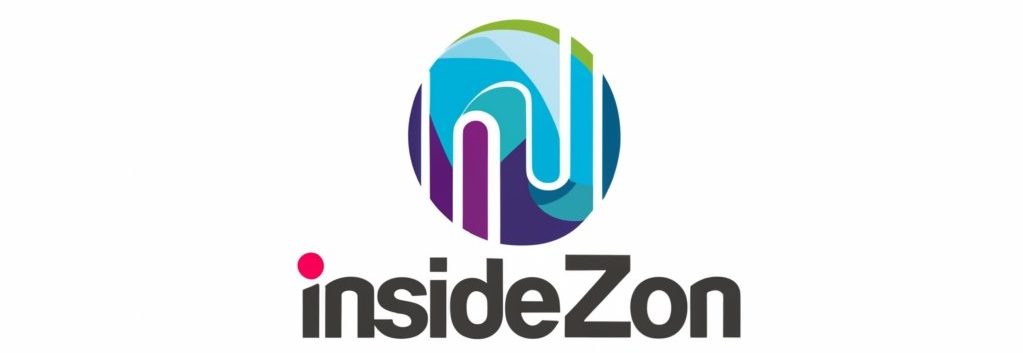HRMS software is critical for many businesses, allowing teams to minimize risk of oversight or manual error in compliance tracking activities and streamline document reviews or approvals. Ideally, the system should also accelerate employee onboarding and enable easy access to company policies.
To identify the right solution, consider the following key factors:
Benefits
The benefits of HRMS software include improved employee engagement, enhanced security and cost savings. Many of the functions included in an HRMS are automated, which saves time for employees and HR managers alike. The software can also help improve data accuracy, which can reduce the risk of costly mistakes. It can also enable a more personalized experience for employees, which can boost productivity.
Using an HRMS can help to streamline the onboarding process for new hires, allowing them to start work faster and be more productive. The software can also be used to manage training programs and performance reviews. It can also track compliance and regulatory activities.
HRMS software can also help with payroll, which is one of the most time-consuming tasks for an HR department. It can automatically calculate and print paychecks, and can also be linked to time and attendance systems. This can save both time and money, and can eliminate the need for manual data entry and reconciliation.
An HRMS can also be used to store important documents, such as employment contracts, performance appraisals and tax forms. This is much more secure than keeping such documents on paper and can be accessed quickly in the event of an employee dispute or lawsuit. It is also easier to store digital versions of these documents than to keep hard copies in a file cabinet.
Having access to up-to-date, accurate information is an essential element of any business. If a company keeps records in different locations and has to spend time manually reconciling data, it can lead to delays and errors that have a significant impact on the bottom line. An effective HRMS can eliminate these risks by storing all data in a single, centralized location.
Moreover, an efficient HRMS system can help improve the candidate experience, from application to offer management and interview scheduling. This can help companies build a better brand image and attract top talent. The system can also support the development of an internal mentoring program, which can help new employees feel more connected to their peers and senior leaders.
Security
Before HRMS, most organizations had to track employee data on paper or in libraries of spreadsheets. These systems were often inaccurate, inefficient, and difficult to manage. HRMS software creates a central repository for payroll, personnel administration, analysis, and employee life-cycle management information. This centralized approach improves the accuracy of reporting and reduces errors in data entry.
The best human resource management software will have a number of security features to protect personal information, maintain compliance with workplace laws, and keep employees safe. These include:
HRMS can be deployed on the company’s servers (known as on-premises) or in the cloud (Software as a Service, or SaaS). Each deployment method offers different types of security protocols, so companies should consider their needs before selecting an HRMS vendor.
Almost all vendors offer some form of security in their HRMS solutions, but not all are equal. Some focus on scalability and usability, while others offer more sophisticated security. Choosing an HRMS solution that meets your business’s needs and budget will help ensure the success of the system.
A good HRMS will support an organization’s day-to-day operations as well as its strategic initiatives. It will allow you to create reports that highlight trends and provide insight into your workforce. It will also give you the flexibility to adjust settings and processes to meet your needs.
In addition to the usual features of an HRMS, look for one that supports a robust learning and development module. This can be a time-consuming task for HR teams, so it’s important to have a system that helps streamline the process. The right learning and development software will include certification administrations, training directories, employee engagement capabilities, evaluation data functions, and company policies.
A good HRMS will make it easy for managers and employees to access their own data, reducing the burden on the HR team. The software should be available 24×7, and should easily deliver actionable information to the right people at all times. It should also have self-service functionality so that employees and managers can get answers to their own questions without having to wait on the HR staff.
Integrations
Integrations are a crucial component of HRMS software. They allow your different systems to connect and synchronize with each other, creating a seamless experience for employees and managers. They can also help you identify inefficiencies and streamline your processes. In addition, they can help you improve data compliance efforts and expand reporting capabilities. However, before you decide to integrate your systems, it’s important to understand the potential downsides of having multiple programs working together. When too many systems work together, it can lead to duplicate data, errors, and a lack of visibility. You’ll also need to manage the risk of introducing new security risks and risks associated with changing one program without updating the others.
A good solution is to choose a system that offers built-in integrations and a comprehensive set of native functions that can cover all your HR needs. This can reduce the number of applications you need to maintain and simplify your workflows. In addition, it can also save you money by avoiding the cost of purchasing and implementing additional applications that offer similar functionality.
The benefits of HR integration are clear: it allows you to sync your various applications and create a single source of truth for all data within your organization. It eliminates the need for double-entry and reduces errors by automatically transferring information between your HR and other systems. In addition, it can streamline processes and provide you with valuable insights you wouldn’t have seen with siloed data.
Another benefit of HRMS integration is that it can help you use popular productivity tools like Google Docs, Slack, and Zapier. These tools can boost collaboration and make it easier to share and edit files in real time. They can also be used for team meetings and remote communication, making them an important tool for any business. However, when you integrate these tools with your HRMS software, they can be even more useful.
While HR integrations are a great way to increase the efficiency of your HR department, it’s important to consider the impact on your overall company culture and budget. It’s also important to choose the right timing for your HRMS integrations. If your IT team is already busy with other projects, it may not be the best time to introduce new HR integrations.
Customization
If you’re thinking of purchasing HR software, it’s important to know what your organization’s specific needs are. A customized solution will give you countless benefits that you won’t find in an off-the-shelf solution, such as flexibility and scalability. It will also help you get the best return on investment by saving money in the long run. You should also consider the cost of licensing and maintenance. Additionally, you should look at the terms and conditions of the software to ensure that it will meet your business requirements.
Many companies are moving away from licensing off-the-shelf solutions to a more flexible, customizable system that is designed specifically for their needs. The advantages of this type of software include lower costs, faster implementation, and a more robust feature set that can grow as your business expands. You can also customize the user interface to match your company’s brand and style. This makes it easier for users to adapt to the software and make full use of its features.
Another benefit of customization is that it can increase employee engagement. Employees like using a system that is easy to navigate, understand, and uses recognizable terminology. This can also decrease the amount of training needed for new employees and encourage widespread adoption of the system.
Customized HR software is a valuable tool for any company. It can help you improve the quality of your employees’ work and improve your bottom line. It can also save you time and resources by reducing manual processes. It is especially useful when you’re dealing with large volumes of data.
It can also help you improve your cooperation with employees and inspire them to work harder. Customized HR software can help you create a centralized database of employee accounts, where all information related to them is stored in one place. It can also help you track progress in different projects and departments.
Before you decide to purchase a customized HRMS solution, it’s important to understand what your needs are and what features the software should have. A good way to determine what your requirements are is to create a list of goals and objectives for your company. This will help you determine which vendors to eliminate and which ones can meet your needs. It is also important to understand what types of customization the vendor offers and how much it will cost.

